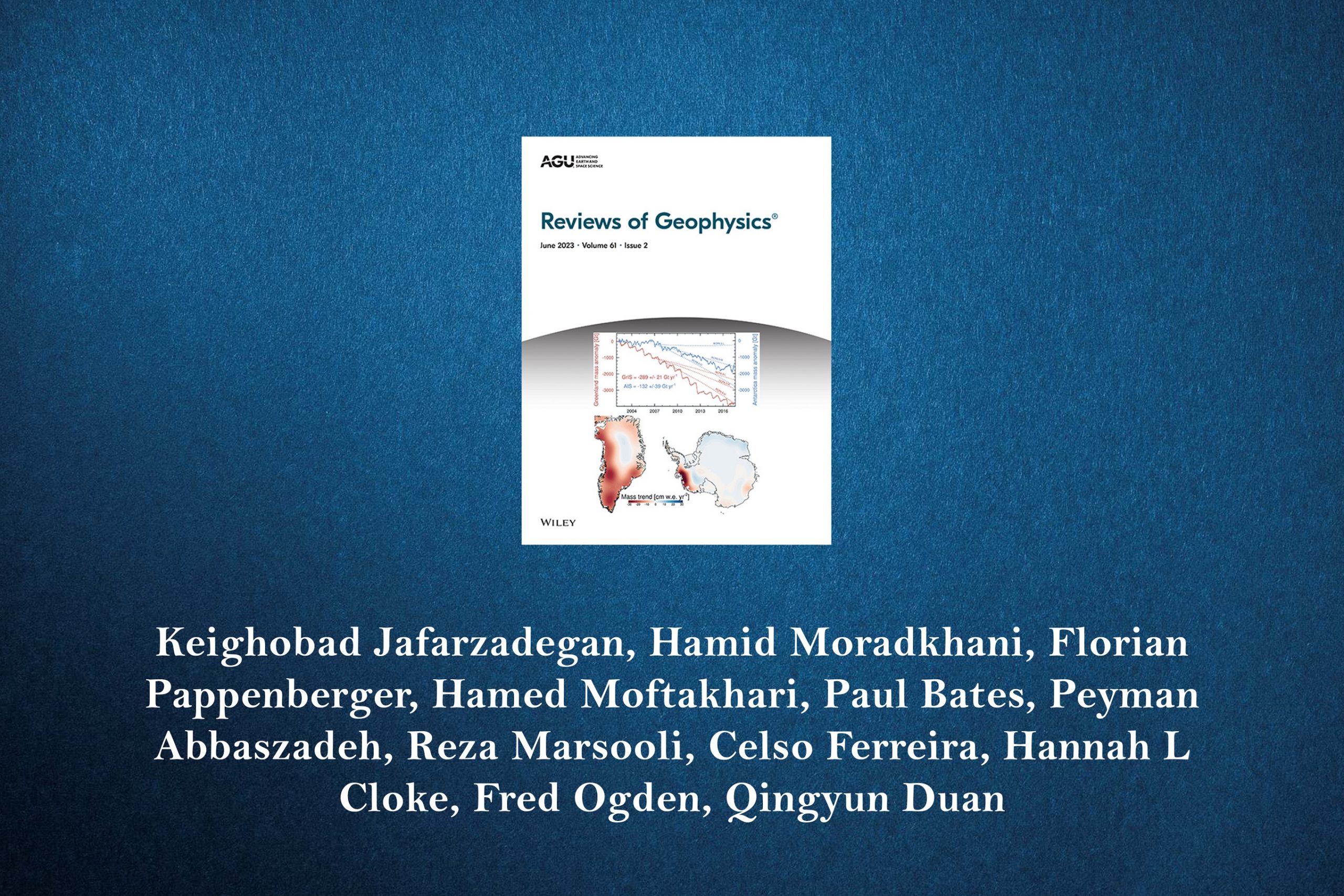Over the past decades, the scientific community has made significant efforts to simulate flooding conditions using a variety of complex physically based models. Despite all advances, these models still fall short in accuracy and reliability and are often considered computationally intensive to be fully operational. This could be attributed to insufficient comprehension of the causative mechanisms of flood processes, assumptions in model development and inadequate consideration of uncertainties. We suggest adopting an approach that accounts for the influence of human activities, soil saturation, snow processes, topography, river morphology, and land-use type to enhance our understanding of flood generating mechanisms. We also recommend a transition to the development of innovative earth system modeling frameworks where the interaction among all components of the earth system are simultansouly modeled. Additionally, more nonselective and rigorous studies should be conducted to provide a detailed comparison of physical models and simplified methods for flood inundation mapping. Linking process-based models with data-driven/statistical methods offers a variety of opportunities that are yet to be explored and conveyed to researchers and emergency managers. The main contribution of this paper is to notify scientists and practitioners of the latest developments in flood characterization and modeling, identify challenges in understanding flood processes, associated uncertainties and risks in coupled hydrologic and hydrodynamic modeling for forecasting and inundation mapping, and the potential use of state-of-the-art data assimilation and machine learning to tackle the complexities involved in transitioning such developments to operation…. Read more

